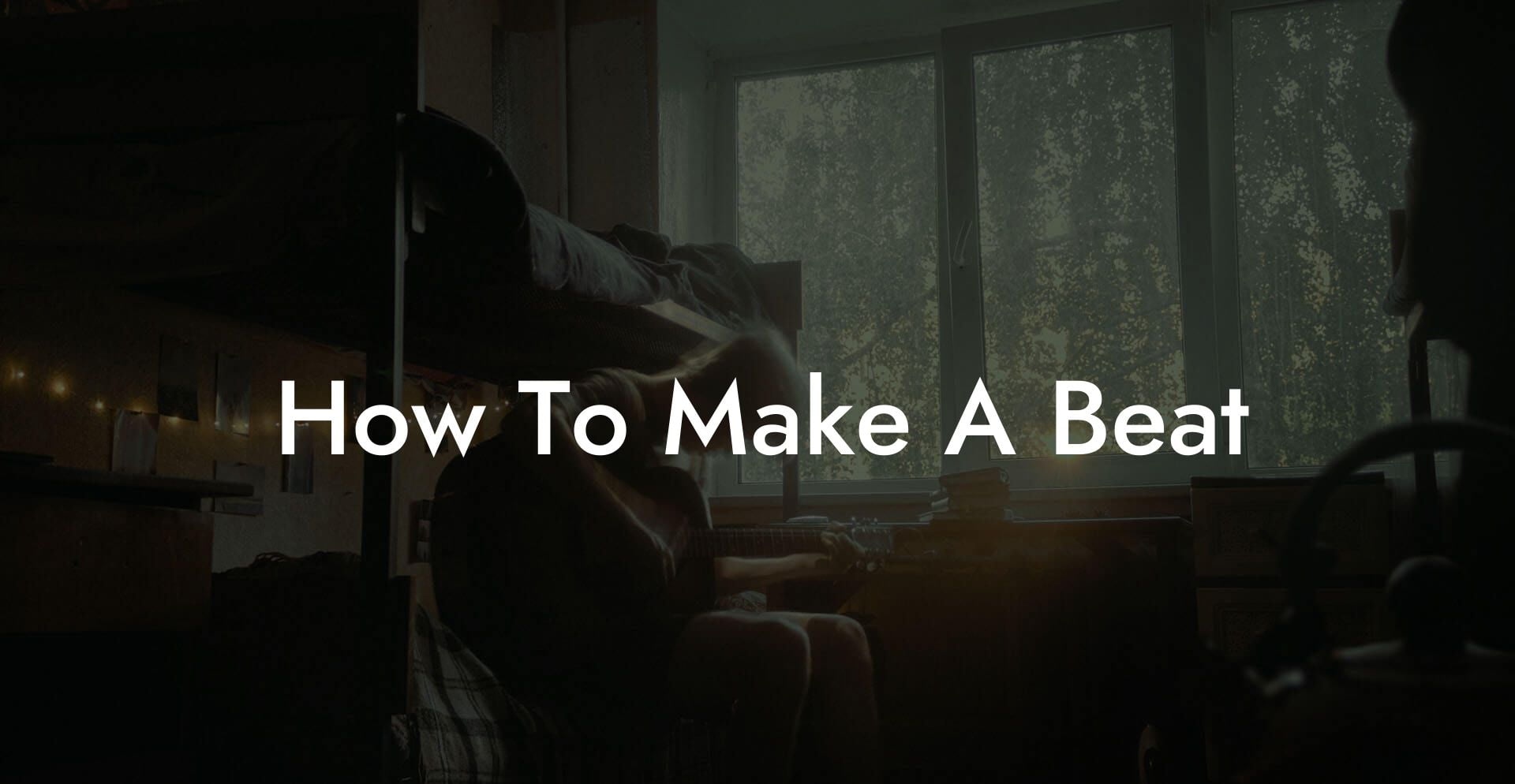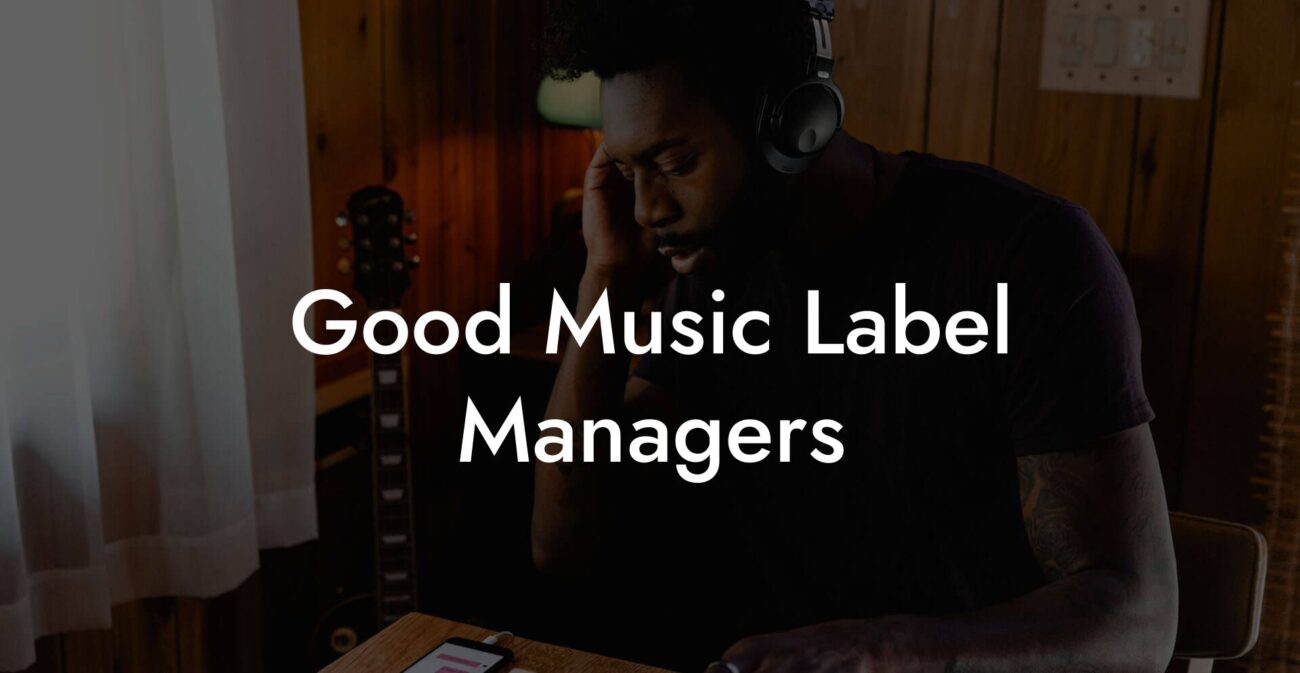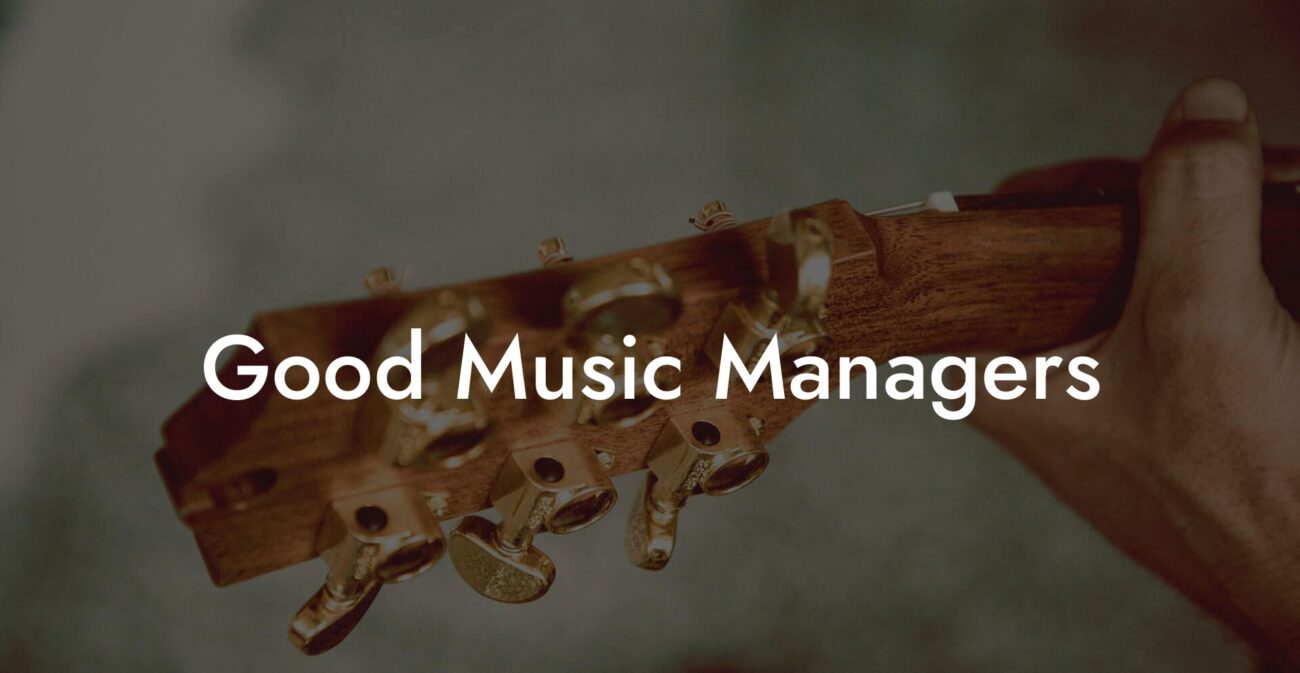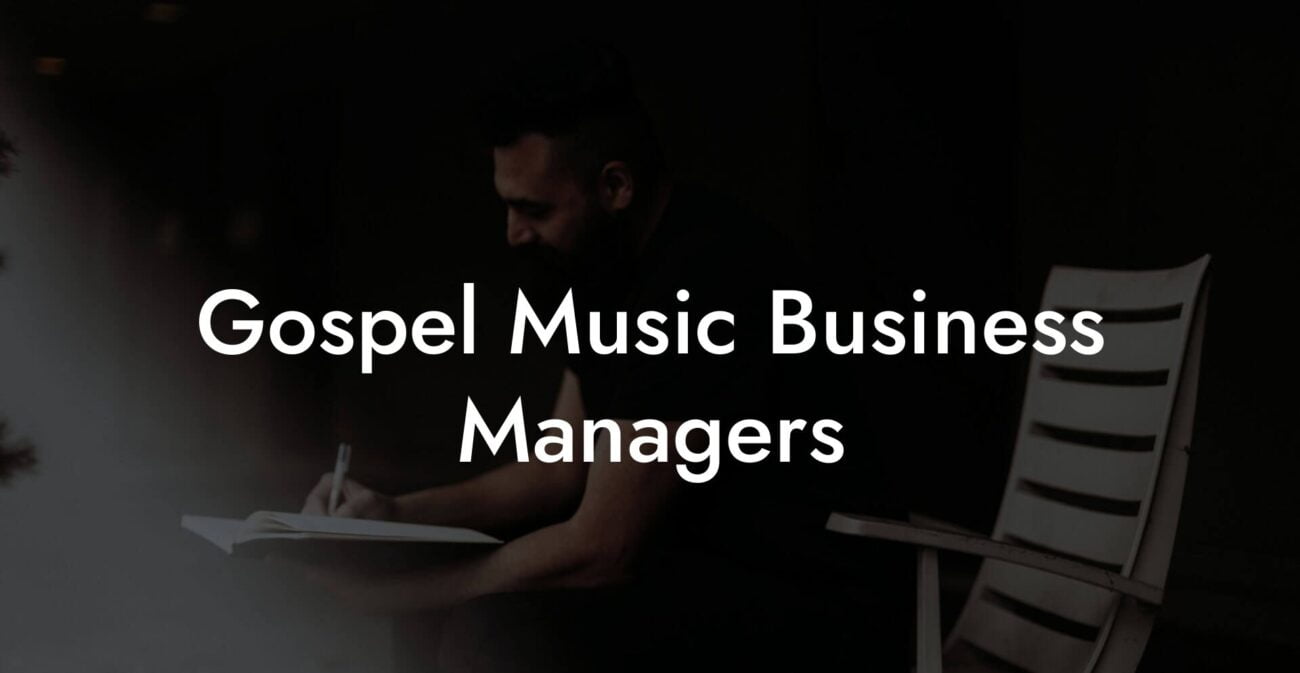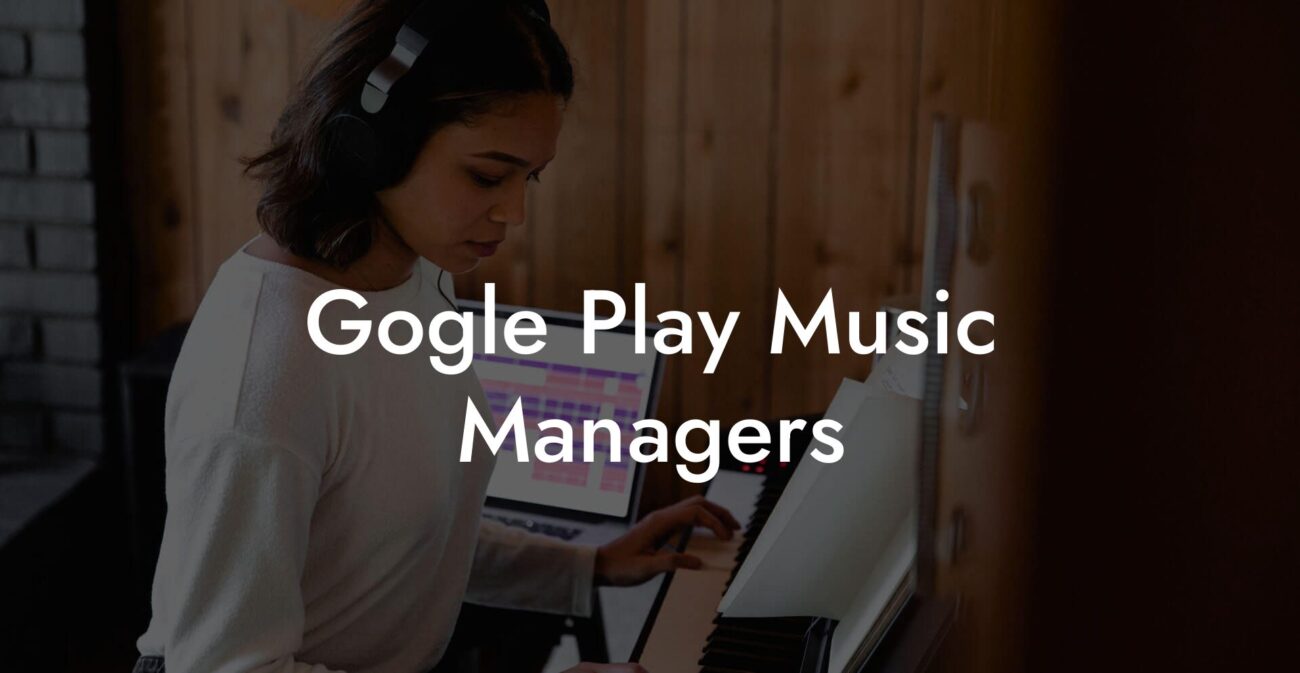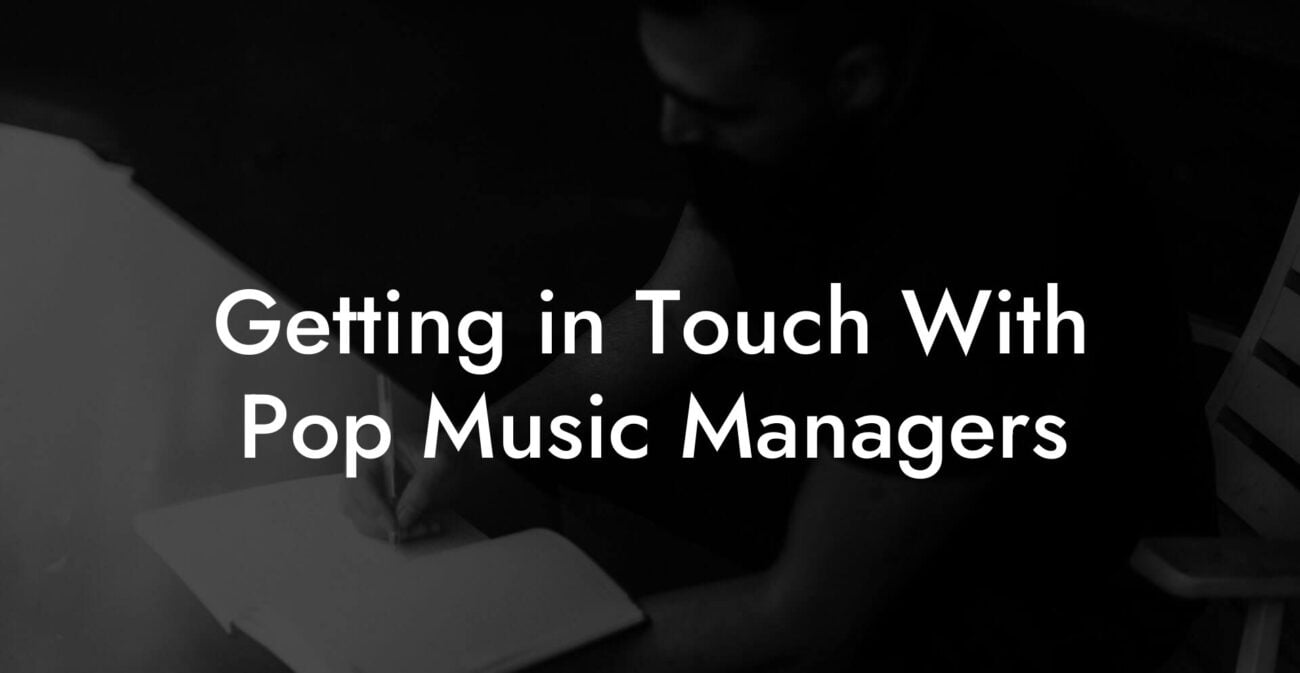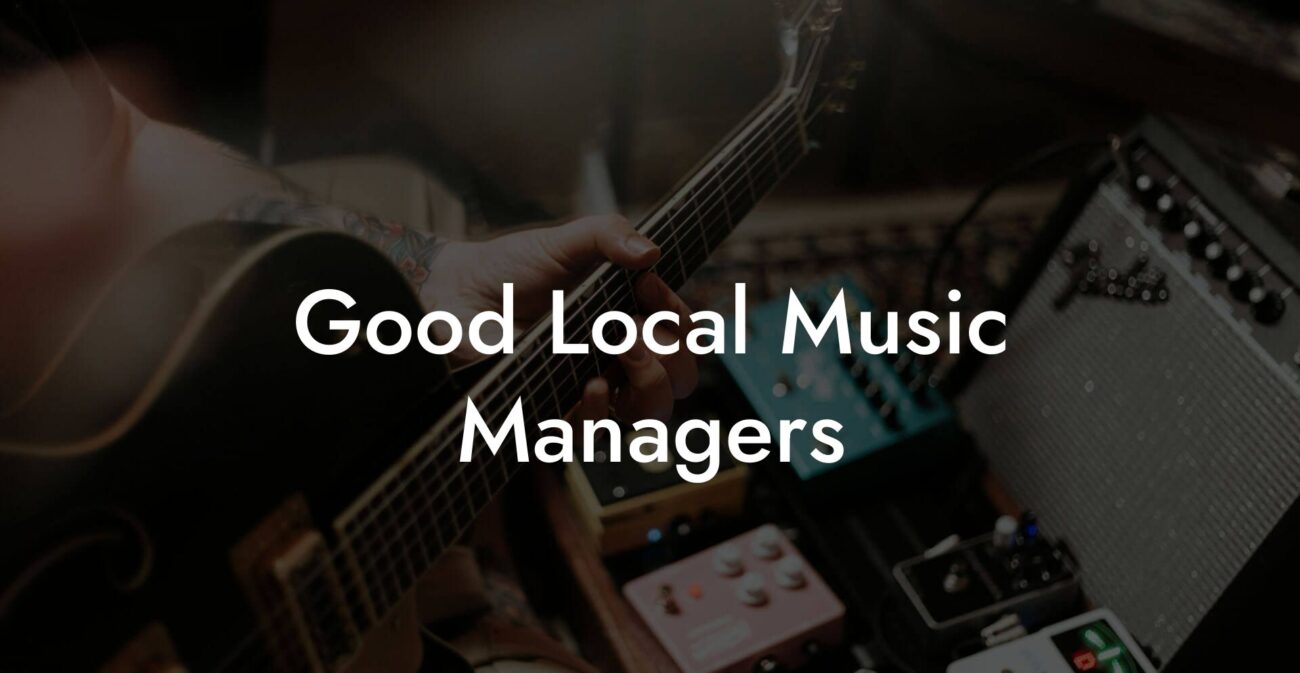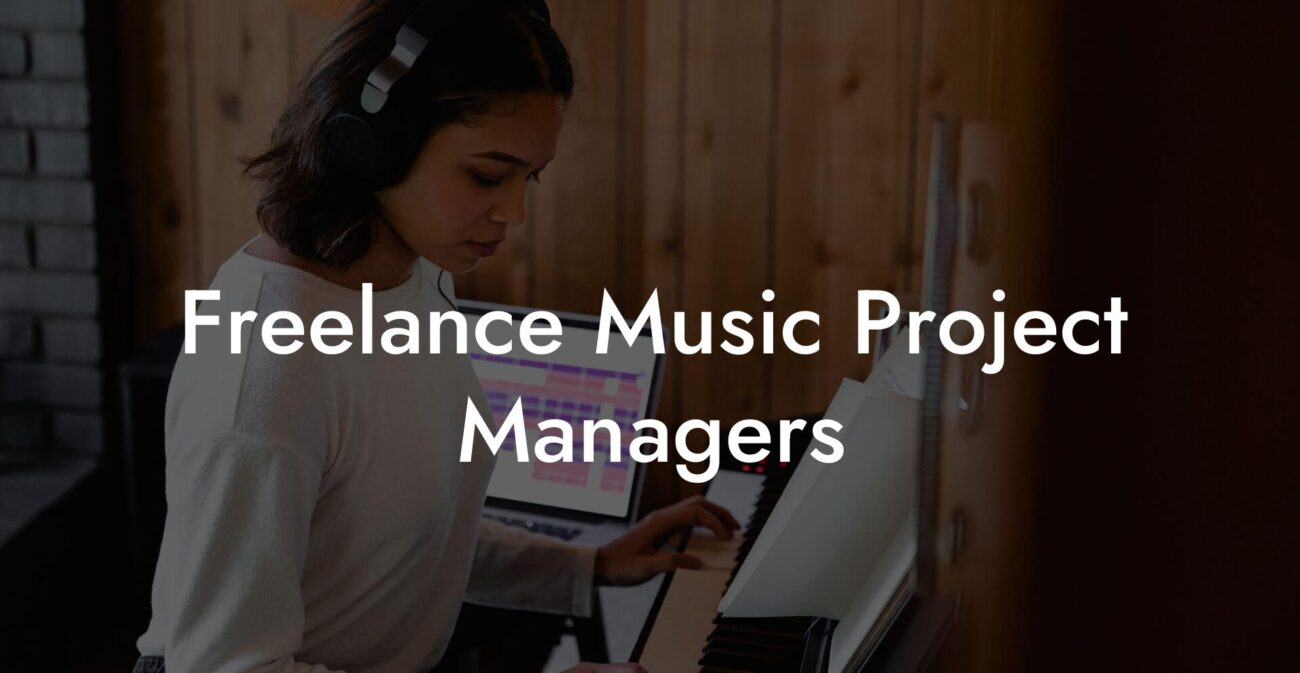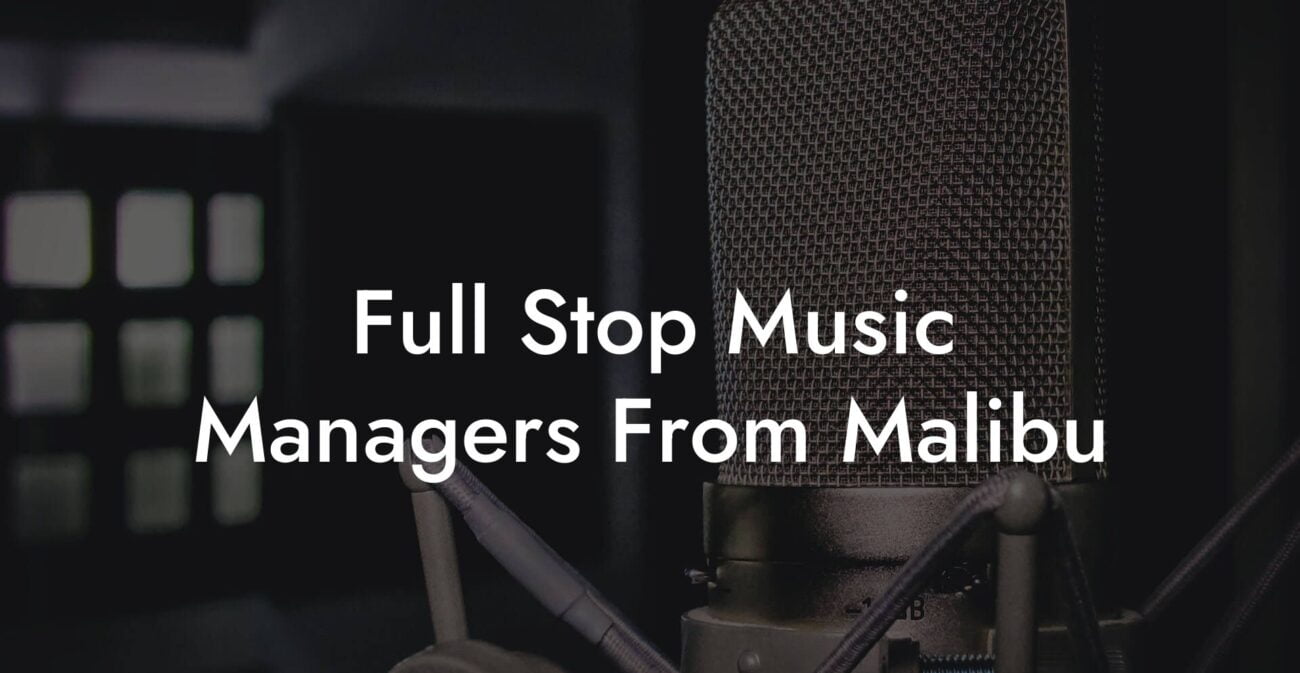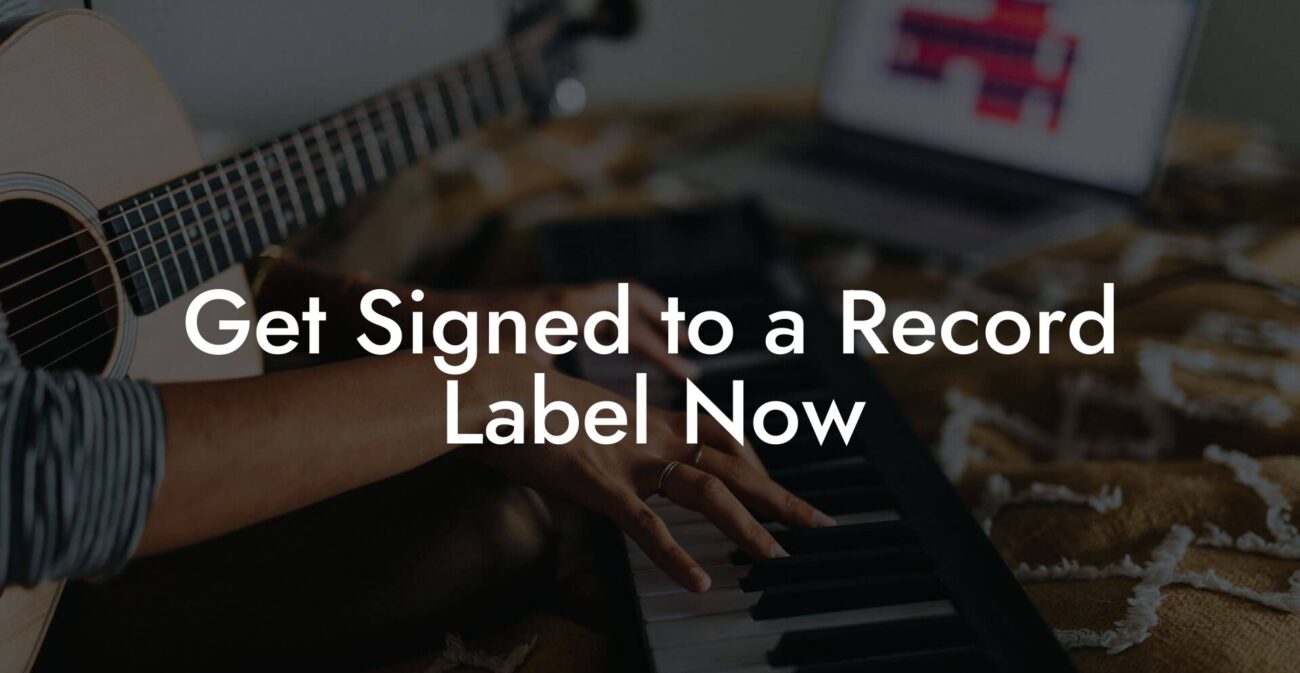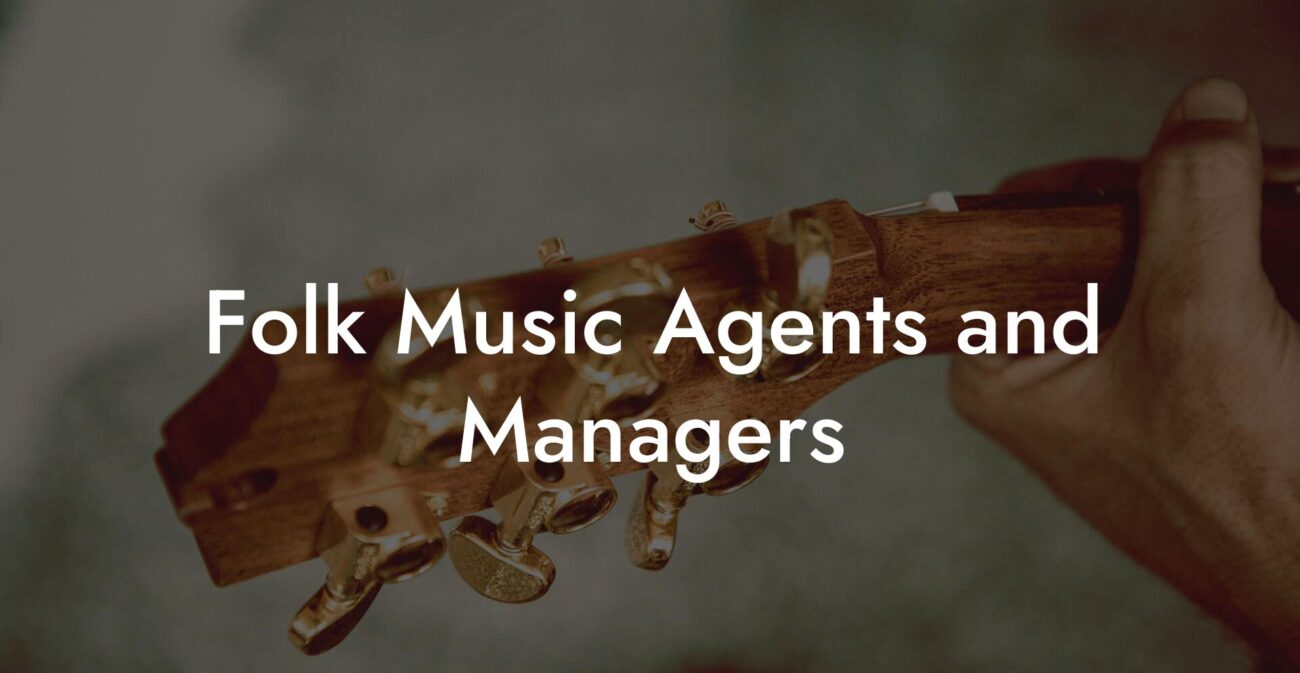Ever wondered how to make a beat that makes your neighbors bob their heads and your friends ask, “Who produced that?” Welcome to the ultimate guide for turning your bedroom into a beat-making haven. We’re about to dive into the dazzling world of music production with a humorous twist, a dash of pop culture, and all the insider tips you need to create a killer rhythm. Whether you’re a songwriting whiz or a beat-making newbie, buckle up—this guide is about to turn your creative spark into a full-blown musical inferno.
Looking to write your next song? Transform your creative ideas into songs that people will love, and skyrocket your music career with Lyric Assistant. The perfect songwriting assistant. Find out more →
Quick Links to Useful Sections
- Getting Started: What Exactly Is a Beat?
- Essential Tools: Your Beat-Making Arsenal
- Digital Audio Workstations (DAWs)
- Virtual Instruments and Plugins
- MIDI Controllers
- Quality Headphones or Monitors
- Your Creative Process: Steps to Making a Beat
- Step 1: Finding Inspiration
- Step 2: Setting Up Your Session
- Step 3: Laying Down a Drum Pattern
- Step 4: Adding the Bassline
- Step 5: Incorporating Melodies and Harmonies
- Step 6: Experiment with Samples and Effects
- Step 7: Finishing Touches—Mixing and Mastering
- Breaking Down the Beat: Layering Drums, Bass, and Melodies
- Layer 1: The Drum Foundation
- Layer 2: The Groove of the Bassline
- Layer 3: The Melody and Harmonic Overtones
- Mixing, Mastering, and Other Final Touches
- Mixing: Bringing Order to Chaos
- Mastering: The Final Shine
- Common Pitfalls and Pro Tips for Aspiring Beatmakers
- Overcrowding Your Track
- Ignoring the Importance of Timing
- Over relying on Presets
- Neglecting the Mix
- Pro Tip: Trust Your Ears
- Integrating Creativity: Adding Lyrics and Vocal Hooks
- Resources and Community Support: Your Next Steps
- Online Tutorials and Courses
- Producer Forums and Social Media Groups
- Local Meetups and Beat Battles
- Online Collaboration Tools
- Case Studies: Iconic Beats and What We Can Learn From Them
- The Timeless Groove of Classic Hip Hop
- The Spark of Innovation in EDM
- The Modern Trap Phenomenon
- Personalizing Your Beat-Making Process: Finding Your Unique Voice
- Mixing It All Together: Your Master Blueprint for Beat Making
- Beat Making FAQs: Your Questions Answered
- Your Beat Making Journey: Embrace the Rhythm, Own Your Sound
Getting Started: What Exactly Is a Beat?
In the vast universe of music, the beat is like the gravitational force that holds everything together. Think of it as the heartbeat of a song—a pulsating rhythm that drives energy, emotion, and pure sonic bliss. From hip hop to EDM, alternative rock to trap, beats are the invisible hands guiding your body to move.
But what makes a beat, well, a beat? In essence, a beat consists of a combination of drum patterns, basslines, and rhythmic samples, arranged to form the rhythmic framework of a track. It’s less about fancy chord progressions and more about that addictive groove that hooks the listener immediately.
Whether you’re locked in the creative zone with a MIDI keyboard or casually tapping out rhythms on your phone, understanding the basics of beat composition will elevate your music production game. Let’s break down the essentials.
Essential Tools: Your Beat-Making Arsenal
Before you jump headfirst into the deep end of beat-making, you need to gear up. Consider these tools your new best friends:
Write Lyrics Like a Professional Songwriter
The ultimate songwriting tool that takes your creative vision to the next level! With just a few clicks, you can unleash your inner songwriter and craft a hit that's uniquely yours. Your song. You own it.
Digital Audio Workstations (DAWs)
At the heart of every beat-making studio is a DAW—a powerful piece of software for recording, editing, and arranging your music. Whether you’re rocking Ableton Live, FL Studio, Logic Pro X, or even the ever-capable GarageBand, the right DAW empowers you to sculpt your sound precisely. Each DAW has its quirks, so pick one that vibes with your workflow and dive in.
Virtual Instruments and Plugins
Virtual instruments are like your personal band that never quits. Drum machines, synthesizers, and sampler plugins add flavor and depth to your tracks. Experiment with different sounds and presets until you find that perfect combination that resonates with your style.
MIDI Controllers
Although not strictly necessary for basic beat making, a MIDI controller is a game-changer when you start layering melodies and intricate drum patterns. These devices let you play and record beats in real-time—making your compositions feel more organic.
Quality Headphones or Monitors
Sound matters. Invest in a pair of good headphones or studio monitors to ensure you’re hearing every nuance of your mix. After all, how can you perfect your beat if you can’t hear the deep thump of the bass or the crisp hi-hats?
Armed with these tools, you’re ready to embark on your beat-making journey. Remember, it’s not the price tag but the creativity that fuels the beat.
Your Creative Process: Steps to Making a Beat
Now that you’ve got the tools, let’s break down the process. Making a beat may seem like a mysterious art at first, but it’s really a series of fun and logical steps. Think of it like following a recipe—only instead of cupcakes, you’re whipping up an addictive groove.
Step 1: Finding Inspiration
Every groundbreaking beat starts with a spark—whether it’s that catchy hook you can’t get out of your head or a random rhythm you tapped out on your desk. So, get inspired! Listen to your favorite tracks, explore new genres, or even take a walk through nature. Sometimes, the best ideas come when you’re not even trying.
Step 2: Setting Up Your Session
Open up your DAW and set the tempo, usually measured in beats per minute (BPM). Want that laid-back, chill vibe? Go for 70-90 BPM. Feeling the need to move? Dial it up to 100-120 BPM for a more upbeat rhythm. Organize your workspace with tracks named “Drums,” “Bass,” “Melody,” and so on. A tidy session equals a tidy mind.
Step 3: Laying Down a Drum Pattern
Start simple—with a kick and a snare. The kick (low-end thump) and the snare (the crisp counter) provide the backbone of your beat. Experiment with various patterns. One common pattern is:
- Kick on 1 and 3
- Snare on 2 and 4
Once you’ve set this foundation, add hi-hats, claps, and percussion elements to spice things up. Don’t be afraid to mix conventional rhythms with unexpected sounds—after all, creativity thrives in experimentation.
Step 4: Adding the Bassline
The bassline is like the secret sauce that keeps your beat moving and grooving. It provides depth and drives the rhythm forward. Choose a bass sound that complements your drums, and play around with simple patterns that sync with your kick drum. Utilize arpeggios, slides, and rhythmic variations to create a bassline that stands out without overpowering the other elements.
Step 5: Incorporating Melodies and Harmonies
Now, let your musical personality shine. Use synths, pianos, or even electric guitars to add melodies and harmonic layers. Layer subtle chords or catchy lead lines to give your beat its character. Here’s a tip: sometimes less is more—it’s fine to have a beat that is rhythmically rich without overloading it with too many melodies.
Step 6: Experiment with Samples and Effects
Don’t overlook the magic of samples—snippets of sound recordings can add a human touch or an extra layer of intrigue to your beat. Experiment with vocal chops, sound effects, or ambient noises. Complement these with effects like reverb, delay, and equalization to smooth out rough edges and create a polished sound.
Step 7: Finishing Touches—Mixing and Mastering
Once each element of your beat is layered perfectly, it’s time to mix and master. This magic step ensures that each instrument sits perfectly in the mix and that your beat sounds crisp across all speakers. Adjust the volume levels, balance the frequencies, and add compression to control dynamics. Finally, a subtle mastering process can give your track a professional sheen that turns your bedroom production into radio-worthy art.
Follow these steps as a blueprint, but never hesitate to throw in your signature twists. After all, the world of beat-making is all about breaking boundaries and redefining the norm.
Breaking Down the Beat: Layering Drums, Bass, and Melodies
If beats were a sandwich, drums, bass, and melodies would be the bread, meat, and cheese—each layer essential to create a mouth-watering masterpiece. Let’s break down how to layer these components for maximum impact:
Layer 1: The Drum Foundation
Start with your drum pattern as the base. Think of the kick, snare, and hi-hat as the fundamental building blocks. The secret to a great drum pattern lies in its rhythm and timing—ensure that your beats are not too busy but still offer plenty of room for groove.
Layer 2: The Groove of the Bassline
Once your drums are rock-solid, introduce the bassline. Your bass should complement the kick drum, sometimes mirroring its rhythm or offering counterpoints that add complexity. Use sidechain compression—a nifty production trick—to ensure that your bass and kick work harmoniously without clashing.
Layer 3: The Melody and Harmonic Overtones
This is where your track starts singing. Layer in melodies that resonate with the vibe you’re aiming for. Whether it’s a catchy synth line or a soulful piano riff, the melody brings emotion and character to your beat. Experiment with harmonies and counter-melodies—sometimes the interplay between two simple tunes creates a mesmerizing effect.
The art of layering is all about balance. Make sure no single element overwhelms the others, allowing each layer to contribute to a rich, cohesive sound. Experiment with volume levels, panning, and effects until you find that sweet spot where every component shines.
Mixing, Mastering, and Other Final Touches
Congratulations! Your beat is nearly complete, but you’re not quite ready to hit the play button on the world yet. It’s time for mixing and mastering—the final polishing stages that transform a rough gem into a masterpiece.
Mixing: Bringing Order to Chaos
Mixing is like conducting an orchestra; every instrument has its place, and balance is key. Here are some mixing tips for that immaculate beat:
- EQ and Frequency Balancing: Use equalization to carve out space for each element. For example, you might reduce low frequencies in your drums to prevent them from clashing with the bass.
- Compression: Apply gentle compression to control dynamics and ensure smooth transitions between sections.
- Panning: Distribute your instruments across the stereo field. A little bit of left, right, and center can give your beat a spacious, immersive feel.
- Reverb and Delay: Use these effects sparingly to add depth and atmosphere without muddying the mix.
Mastering: The Final Shine
Mastering is the final step, where you put on your production cap and give your track that professional sheen. This involves:
- Balancing the overall track levels using a limiter to avoid clipping.
- Enhancing the track’s loudness without sacrificing dynamic range.
- Applying subtle tweaks to ensure your beat translates well on all listening devices—from car stereos to earbuds.
The goal of mixing and mastering is to create a track that sounds polished, cohesive, and ready for radio—or at least your next Spotify playlist.
Common Pitfalls and Pro Tips for Aspiring Beatmakers
No journey is without its bumps in the road. When it comes to beat making, there are some common pitfalls that even the pros have faced. Here’s what to watch out for and how to overcome them:
Overcrowding Your Track
It’s tempting to add every cool sound you stumble upon, but too much can lead to auditory chaos. Keep it simple and let each element breathe. Remember, negative space is as effective as a kick drum.
Ignoring the Importance of Timing
Tight timing is the backbone of a great beat. Don’t be afraid to re-record or adjust your MIDI placements until every hit falls exactly where it should. Quantize functions in your DAW are your friends—but don’t overdo it, because natural groove is what makes your beat human.
Over relying on Presets
While presets are a great starting point, don’t let them box you in. Venture into customizing your sounds. Tweak the filters, envelopes, and oscillators until you create something uniquely yours.
Neglecting the Mix
A beat can sound fire on headphones but fall flat on other systems. Always test your mix on multiple speakers. A little extra tweaking during the mixing phase can save you from future headaches.
Pro Tip: Trust Your Ears
At the end of the day, production guidelines are just that—guidelines. Trust your instincts, take creative liberties, and let your inner beatmaker lead the way. Experiment, make mistakes, and most importantly, have fun.
Integrating Creativity: Adding Lyrics and Vocal Hooks
A killer beat is just one half of a hit song. The other half? Vocals and lyrics that breathe life into the rhythm. Coupling your beat with a catchy vocal hook or reflective lyrics can elevate your track from instrumental excellence to full-blown musical artistry.
Whether you’re scribbling down raps on sticky notes or using an innovative tool to generate dynamic lyrics, layering vocals over your beat offers endless possibilities for creativity. Experiment with vocal samples, live recordings, or even collaborate with a singer—you might just stumble upon that magic combination where the beat and vocals become inseparable.
And hey, if you need a little help with those lyrics, check out Lyric Assistant. It’s designed to make your songwriting process as smooth as your latest bass drop.
Resources and Community Support: Your Next Steps
The world of beat making is as vast as it is vibrant, and you’re not alone on your journey. From online forums to local meetups, tapping into a community of fellow producers can provide invaluable advice, feedback, and even collaborations.
Online Tutorials and Courses
Platforms like YouTube, Skillshare, and Udemy offer an array of tutorials that cater to every skill level. Dive into courses that break down the intricacies of your chosen DAW, or explore masterclasses from industry pros who’ve been in your shoes.
Producer Forums and Social Media Groups
Engage with online communities on Reddit, Facebook, and Discord. These groups are goldmines of production tips, gear recommendations, and peer reviews. Don’t be shy—ask questions, share your beats, and celebrate the wins (and the learning moments) together.
Local Meetups and Beat Battles
Nothing beats the energy of a live session. Look for local beat-making events or open mic nights where you can share your creations. Beat battles, in particular, offer a fun way to push your creative limits while gauging real-time audience reactions.
Online Collaboration Tools
Platforms like Splice and Blend enable you to collaborate with producers worldwide. Sharing stems and projects not only enhances your skills but can also open up unexpected artistic avenues.
Embrace the community around you. Whether you’re a solitary bedroom producer or part of a creative collective, the world of beat making is all about building connections, sharing knowledge, and fueling collective growth.
Case Studies: Iconic Beats and What We Can Learn From Them
Sometimes, the best way to understand an art form is by looking at the masters. Let’s explore a few iconic beats and unpack the secrets behind their success.
The Timeless Groove of Classic Hip Hop
Consider the timeless beats of early hip hop pioneers. Their secret? Simplicity, soulful samples, and a deep understanding of rhythm. By chopping up funk or jazz records and looping them over steady drum patterns, producers created a vibe that was both raw and irresistibly danceable.
The Spark of Innovation in EDM
Electronic music producers have continuously pushed the envelope by blending synthetic sounds with organic textures. Innovative use of sidechain compression, glitch effects, and layered synths have redefined what a beat can be. These producers aren’t afraid to experiment with effects and unconventional sounds to create immersive soundscapes.
The Modern Trap Phenomenon
Modern trap beats are a masterclass in minimalist design. A crisp snare roll, booming 808s, and sparse melodies come together to create an effortlessly cool sound. What stands out is the focus on space and dynamics—each element is given room to shine, transforming a simple rhythm into a cultural phenomenon.
While these case studies span different genres, the underlying principles remain universal: a brilliant beat is born from rhythmic precision, creative layering, and the courage to experiment.
Personalizing Your Beat-Making Process: Finding Your Unique Voice
No two beatmakers are exactly alike. Your journey is uniquely yours, and the process of finding your personal sound should be an adventure—involving trial, error, and countless “aha” moments along the way. Embrace this process by:
- Experimenting relentlessly with different genres and sounds until something clicks.
- Incorporating unconventional instruments or found sounds to create a signature style.
- Recording every spontaneous flash of inspiration—even if it later needs a bit of editing.
- Revisiting old projects with fresh ears; sometimes, what you dismissed before might be your breakthrough hit.
Cultivate your unique voice by melding your personal experiences, musical influences, and technical prowess into a sound that’s unlike any other. It’s in these personal nuances that your beats will resonate with listeners on a deeper level.
Over time, you’ll develop a signature “stamp” that not only defines your music but also sets you apart in an ever-evolving musical landscape.
Mixing It All Together: Your Master Blueprint for Beat Making
There you have it—a comprehensive blueprint that walks you through every stage of making a beat, from inception to a finished masterpiece. Like any good recipe, it’s flexible. Don’t hesitate to adjust the ingredients, experiment with techniques, and most importantly, have fun throughout the creative process.
Whether you’re creating a laid-back groove for a chill Sunday drive or a high-energy rhythm that makes the club bounce, remember that every beat you create is a unique expression of who you are. Embrace the experimentation, celebrate the mishaps, and turn them into stepping stones on your journey to musical greatness.
The world of beat making is vast, ever-changing, and fiercely competitive—but with the right mindset and a little bit of hustle, you can carve out your own space in this creative cosmos.
Beat Making FAQs: Your Questions Answered
Still got questions about making beats? Check out these frequently asked questions to clear up any lingering doubts.
1. What software do I need to start making beats?
You can start with any Digital Audio Workstation (DAW) that fits your workflow. Popular choices include FL Studio, Ableton Live, and Logic Pro X. Many beginners start with free or inexpensive software and upgrade as they grow.
2. Do I need expensive equipment to produce professional beats?
Not at all. While high-end gear can enhance production quality, many successful producers started with basic equipment and upgraded gradually. What matters most is creativity and practice.
3. How do I create an original drum pattern?
Experiment with different kick, snare, and hi-hat patterns. Don’t be afraid to mix up timing and add subtle variations every few bars. Learning to trust your instinct is key.
4. How important is the bassline in a beat?
The bassline is crucial as it drives the rhythm and provides depth. An effective bassline often complements the kick drum and adds groove without overpowering the mix.
5. What are some common mistakes beginners make?
Common pitfalls include overcrowding the mix, neglecting proper timing, and overusing presets instead of customizing sounds. Keep it simple and focus on perfecting one element at a time.
6. How can I improve my mixing and mastering skills?
Practice is key. Experiment with different EQ settings, compression, and effects. There are also plenty of online tutorials and courses that can offer valuable insights.
7. Can I make a beat without any formal music training?
Absolutely. Beat making is accessible to everyone. With practice, a creative mindset, and a willingness to learn, you can develop your skills over time.
8. Where can I find sounds and samples legally?
There are numerous websites offering royalty-free samples and sound packs. Just make sure you’re using legally cleared materials to avoid any copyright issues.
9. How do I know when my beat is finished?
Trust your ears and experience. Sometimes, stepping away from your project for a while can provide clarity. If your beat feels complete and resonates with you, it’s time to share it.
10. What resources can help me learn more about beat making?
Online tutorials, music production courses, producer forums, and communities on platforms like Reddit, Discord, and YouTube are great places to start.
Your Beat Making Journey: Embrace the Rhythm, Own Your Sound
The journey of creating a beat is a thrilling blend of technical know-how, raw creativity, and a passion for making music that resonates. Whether you’re putting together a chill lo-fi groove or a high-energy banger, each beat represents your unique perspective and artistry.
Remember, making a beat isn’t just a technical process—it’s an expression of who you are as an artist. Embrace every experiment, celebrate every mistake, and let your creativity flow without bounds. Your music is a reflection of your inner world, and every beat you craft has the potential to move, inspire, and ignite passion in others.
So go ahead—fire up your DAW, experiment with new sounds, and let the rhythm guide you on a journey of expression and creativity. Whether you’re sharing your track with the world or just jamming in your room, know that you hold the power to create something truly unique.
The world of beat making is waiting for you to leave your mark. Embrace the struggles, savor every creative victory, and above all, keep the music playing—one beat at a time.
Write Lyrics Like a Professional Songwriter
The ultimate songwriting tool that takes your creative vision to the next level! With just a few clicks, you can unleash your inner songwriter and craft a hit that's uniquely yours. Your song. You own it.

